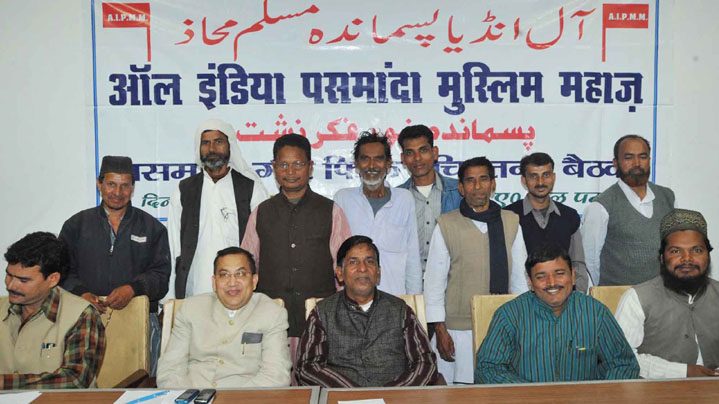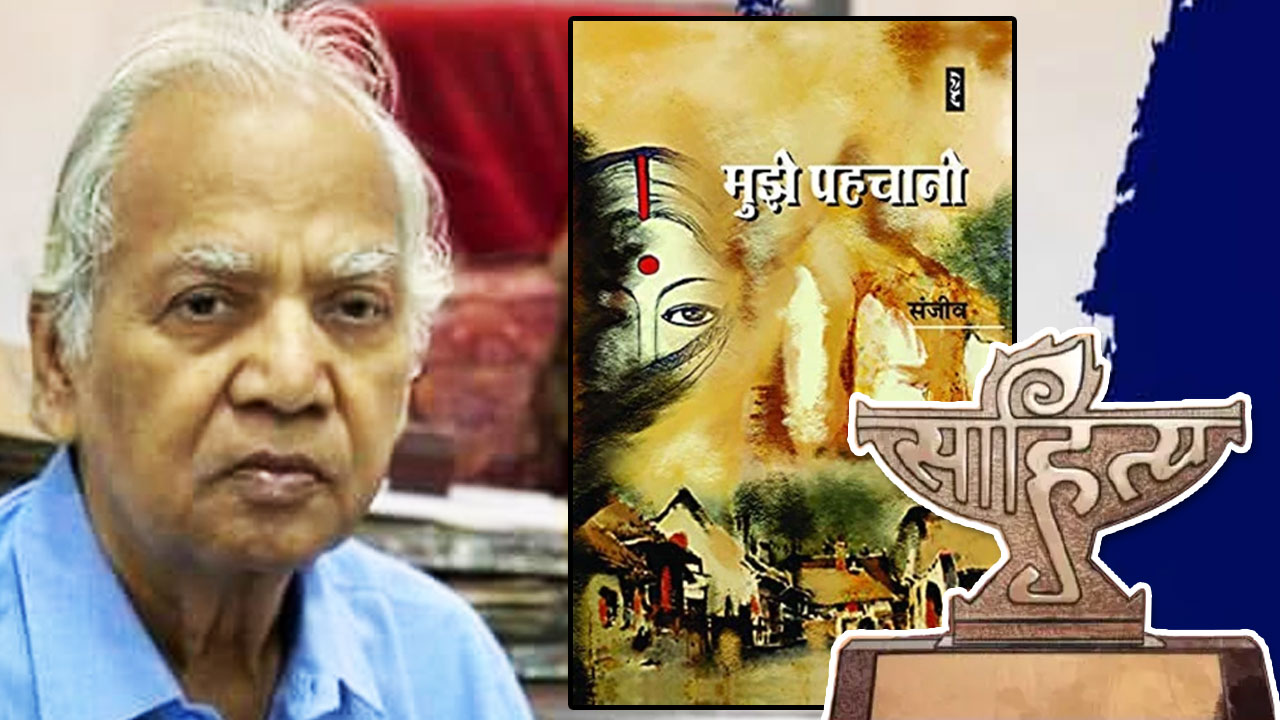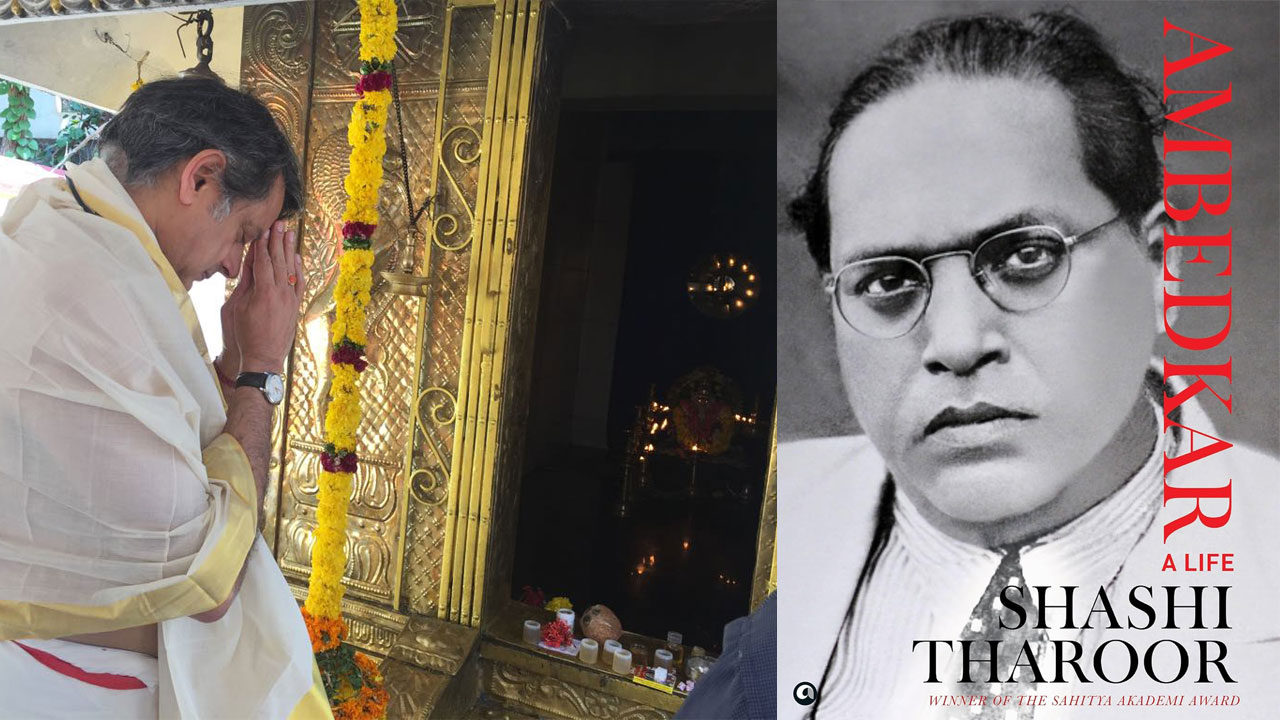Much of the discourse on Muslims in the Indian context has been centred on the Hindu-Muslim, majority-minority binary. This kind of conceptualization hides contestations both within Hindus and Muslims, and that is exactly what the upper-caste proponents of Hindutva want to do by playing up the binary. But it is not the Hindus alone who are divided into castes and Untouchables. In fact, the Pasmanda[i] movement is a movement of the Backward castes and the Dalits among the Indian Muslims that has been trying to draw attention to the fact that Indian Muslims aren’t a homogeneous community. This is what gave birth to the debate among Muslims on the distinction between Ashraf (upper-caste Muslims) and Pasmandas (combination of Backward and Dalit Muslims). More recently, a study has shown that most of the victims of the communal violence perpetrated against Muslims are Pasmandas.
Monolithic versus heterogeneous
It has been established by studies[ii] that Indian Muslims are not a monolithic community. Like the Hindus, Indian Muslims have castes, too: Ashraf, Ajlaf (Backward Muslims) and Arzal (Dalit Muslims).[iii] The idea of a homogeneous identity of Muslims is largely advocated by upper-caste Muslims who find the Pasmanda political discourse discomfiting. They also vehemently debunk the understanding of Pasmanda Muslims that caste practices persist in Muslims. They emphasize the theoretical aspect of Islam and ignore the practices of Muslims in real life such as endogamy. Inter-caste arranged marriages among Muslims are rare.
The Pasmanda movement has been highlighting the heterogeneous character of the Indian Muslim community. It draws a distinction between the tenets of Islam and the practices of the Indian Muslims . It maintains that Islam, in general, may be free from casteism and untouchability but the Indian Muslim community is not. The Pasmanda movement advocates social justice and stands up against caste discrimination and practices, although even among the Pasmandas, as among the Ashrafs, intra-caste marriage is the norm. According to the advocates of the Pasmanda discourse, Pasmanda Muslims are nearly 85 per cent of the total Muslim population while Ashrafs are 15 per cent. [iv]
Who represents Muslims in Indian politics?
The representation of Muslims is a contentious issue in Indian politics. It is a well-established fact that Muslims are not adequately represented in political parties and the central and the state governments. However, among the Muslims, the representation of Pasmandas pales in comparison to that of the upper-caste Muslims.[v] The Pasmandas say that upper-caste Muslims enjoy power with the votes of Backward and Dalit Muslims. Pasmanda activists hold the view that 15 per cent Ashraf Muslims have kept 85 per cent Pasmanda Muslims not only out of politics but also of public institutions. Political parties do not acknowledge the heterogeneity among Muslims. Their manifestos rarely recognize castes among Muslims. For example, programmes and policies for the Backward and Dalit Muslims were missing from the manifestos for the 2019 General Elections.[vi] Parties also overlook potential Pasmanda candidates for the elections.[vii]
Ashraf Muslims believe the Pasmanda discourse harms the cause of unity in the Muslim community at a time when it is under-represented in politics and in the matters of the State. They say the discourse undermines the bargaining power of Muslims with political parties looking for Muslim votes. Their first priority is adequate political representation of Muslims in general. They say the Pasmanda discourse is further dividing Muslims, who are already divided on the basis of maslaki identities such as Deobandi, Barelawi and Ahle-hadith.
Are minority institutions dominated by Ashraf Muslims?
The Pasmanda movement castigates Muslim minority institutions, particularly, Aligarh Muslim University (AMU) and Jamia Millia Islamia (JMI). Pasmanda activists say that since the inception of AMU, upper-caste Muslims have occupied all the important positions in the university. It was established for the Shahzadas (princes), not for the poor and backward Muslims, they say and add that Sir Syed, the founder, was not supportive of education for women and backward Muslims. They say, in post-Independence India, upper-caste Muslims have taken over these institutions in the name of minority rights.

They demand a sub-quota, in proportion to their population among the Muslims, within the 50 per cent quota for Muslim students in minority institutions. AMU does not have the minority status, so it doesn’t have seats reserved for Muslims. But JMI does and within the 50 per cent seats reserved for Muslims, 10 per cent are reserved for Other Backward Classes (OBCs) and Tribal Muslim students. This is far from proportional to their estimated 85 per cent share in the Muslim population.[viii] On the other hand, a 30 per cent sub-quota within the 50 per cent quota has been effectively reserved for the upper castes, who are a mere 15 per cent of the population. Pasmanda Muslims have been relegated to the periphery even in the faculty of Muslim minority institutions. Alam and Kumar (2019) discovered that in AMU “the teaching faculty is dominated by upper-caste Muslims (88.35 per cent). Muslim OBCs constitute 4.81 per cent of the total faculty and 5.17 per cent of the total Muslim faculty. Clearly, OBC Muslims are under-represented … in minority institutions. The situation may not be very different in Jamia Millia Islamia, the second largest Centre-funded minority university.”[ix]
Attack on Muslims or Pasmanda Muslims?
The attacks on Muslims by Hindu mobs, on the pretext of cow protection, have served to highlight the plight of the Pasmanda Muslims and distinguish them from the upper-caste Muslims. Mohammad Akhlaq in Dadri; Pehlu Khan and Rakbar Khan in Rajasthan; the meat trader, Quasim Qureshi, in Hapur, Uttar Pradesh; and Tabrez Ansari in Jharkhand – most of the victims of the attacks have been Pasmanda Muslims. Similarly, the victims of the pogroms against the Muslim community have also been Pasmanda Muslims. Singh (2016) has written about the communal violence of Muzaffarnagar in 2013: “though Muslims of all classes were attacked, it was the Pasmanda Muslims that became the prime victims as they were more vulnerable than the middle castes or the Ashraf Muslims”.[x]
Far from being a homogeneous community, Indian Muslims find themselves divided into Pasmandas and the Ashrafs – two sociological categories driven by different socio-political ideologies, assertions and aspirations. While Muslims in general remain on the periphery of Indian politics and public institutions, the Pasmandas are almost invisible. The recognition that a majority of the Muslims are in the margins of society – socially, educationally, economically and politically – and are ignored by the upper castes within the community, would help the marginalized masses across faiths to make common cause with them, forge interreligious alliances and open up possibilities for greater representation in politics and in institutions of the State.
[i] The word literally means ‘those who have fallen behind or are marginalized’. This movement is for the socio-political uplift and increased representation of Pasmanda Muslims. In addition, it also demands Scheduled Castes status for Dalit Muslims. This group consists of two major sociological categories of Muslim community namely Backward and Dalit Muslims, along with Tribal Muslims.
[ii] There are various studies which suggest that Indian Muslims are not a monolithic community. They are divided along caste lines. These studies are Ansari (1960), Ahmad (1962), Ahmad (1978) Ahmad and Upadhyay (2010).
[iii] Sachar Committee Report, 2006.
[iv] Ansari, K. A. (2019). India’s Muslim Community under a Churn: 85% Backward Pasmandas up against 15% Ashrafs. Retrieved from https://theprint.in/opinion/indias-muslim-community-under-a-churn-85-backward-pasmandas-up-against-15-ashrafs/234599/
[v] Ansari, K. A. (2019). General Elections 2019: A short comment on Muslim Representation. Retrieved from http://roundtableindia.co.in/index.php?option=com_content&view=article&id=9657%3Ageneral-elections-2019-a-short-comment-on-muslim-representation&catid=119%3Afeature&Itemid=132
[vi] For a detailed analysis of manifestos (2019) of different political parties with regard to the issues of Pasmanda Muslims, see Alam, S. (2019). Mapping Pasmanda Politics in India: Demands and Challenges, Mainstream Weekly, 57(27). Retrieved from https://www.mainstreamweekly.net/article8801.html
[vii] For a detailed analysis of Muslim candidates in 2019 Lok Sabha Elections, see Ansari, K. A. (2019): India’s Muslim Community under a Churn: 85% Backward Pasmandas up against 15% Ashrafs. Retrieved from https://theprint.in/opinion/indias-muslim-community-under-a-churn-85-backward-pasmandas-up-against-15-ashrafs/234599/
[viii] The population of Backward and Dalit Muslims is not available. However, Pasmanda activists claim that Pasmanda Muslims are nearly 85 per cent of total Muslim population.
[ix] Alam, T. and Kumar, S. (2019). Social and Economic Status of Backward Muslims in Uttar Pradesh: Need for an inclusive policy? Social Change, 49(1), 78-96.
[x] For details, see Singh, J. (2016). Communal Violence in Muzaffarnagar: Agrarian Transformation and Politics, Economic and Political Weekly, 51(31), 94-101.






